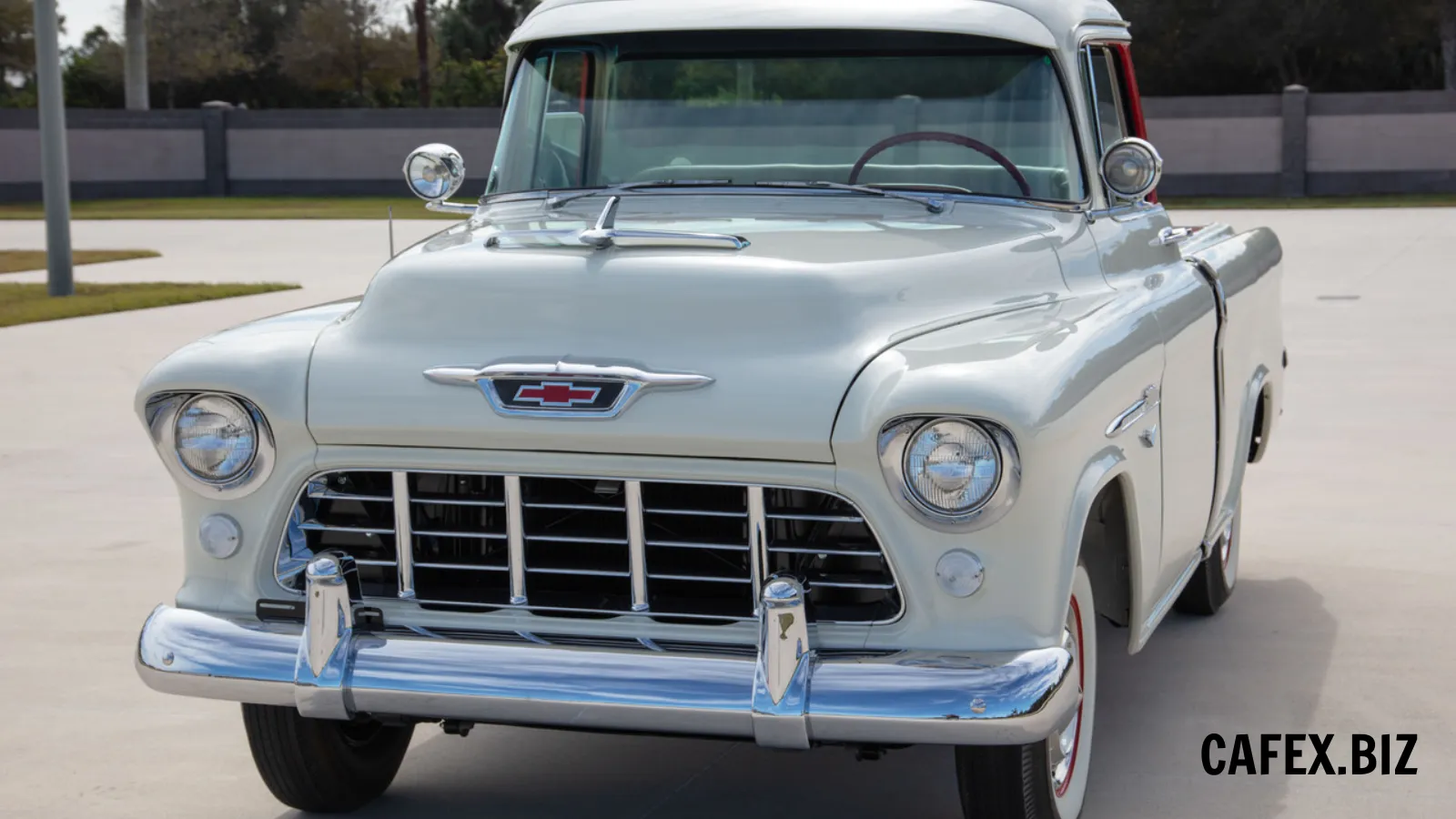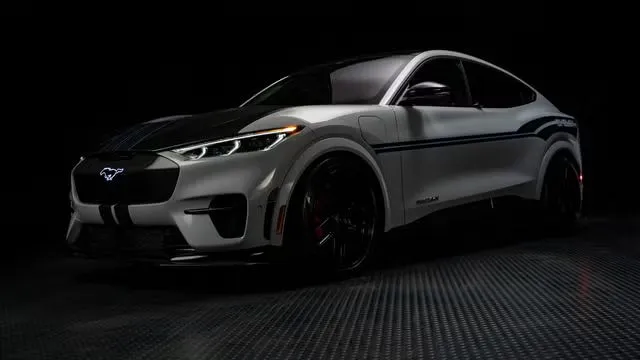The 1981-1985 Toyota Celica Supra, also known as the A60 generation, was a popular sports car that was produced from 1981 to 1985. It was a highly regarded sports car that captivated automotive enthusiasts during its production years. The Celica Supra established itself as a standout vehicle in the sports coupe segment.
1. Design
Front End
The front end of the Celica Supra featured pop-up headlights, which were a popular design trend during that era. When the headlights were retracted, they were concealed under a smooth, aerodynamic hood. The grille had a rectangular shape and was positioned between the headlights.
Body Shape
The A60 Celica Supra had a long and low-slung body with a coupe-style profile. It had a relatively long wheelbase, giving it a more stable and planted look. The roofline sloped gently towards the rear, creating a sleek and sporty appearance.
-1686299805x1024.jpg)
Side View
The side view of the Celica Supra showcased its clean lines and smooth contours. It had a prominent beltline that ran from the front fenders to the rear, accentuating the car's muscular stance. The windows had a slightly tapered design towards the rear.
Rear End
At the rear, the Celica Supra featured taillights that spanned the width of the car. The taillights had a horizontal design and incorporated rectangular-shaped sections. The rear hatch was angled and had a small integrated spoiler to enhance aerodynamics.
Wheels
The A60 Celica Supra came with a variety of wheel options, including alloy wheels, which were considered more upscale and sporty.
2. Engine
Engine Code: 5M-GE
Configuration: Inline-six (straight-six)
-1686300002.jpg)
Displacement: 2.8 liters (2,759 cc)
Valvetrain: Double Overhead Camshaft (DOHC)
-1686299833.jpg)
Cylinder Head Material: Aluminum alloy
Block Material: Cast iron
Fuel System: Electronic Fuel Injection (EFI)
Key Features
The 5M-GE engine featured a DOHC valvetrain configuration, meaning it had two camshafts on top of each cylinder head to operate the intake and exhaust valves.
The engine had an aluminum alloy cylinder head, which helped reduce weight and improve heat dissipation.
The block was made of cast iron, providing durability and stability.
Electronic Fuel Injection (EFI) was utilized to deliver fuel to the engine, improving fuel efficiency and overall performance.
3. Performance
Acceleration
0-60 mph (0-97 km/h): Approximately 8.5-9.5 seconds
0-100 km/h: Approximately 9-10 seconds
Top Speed
The top speed of the Celica Supra was around 125 mph (201 km/h).
Quarter-Mile Time
The quarter-mile time for the Celica Supra was approximately 16-17 seconds.
Braking
Braking distance from 60 mph (97 km/h) to 0 mph: Around 130-140 feet (39-43 meters).
Handling
The Celica Supra had responsive handling and offered a balanced driving experience. Its rear-wheel-drive layout, independent suspension, and precise steering contributed to its sporty handling characteristics.
-1686299901.jpg)
These performance figures are approximate and can vary depending on various factors such as the specific model year, transmission type, condition of the vehicle, and other variables. However, the Celica Supra was known for its respectable performance during its time and was considered a capable and fun-to-drive sports coupe.
4. Cultural Meaning
The 1981-1985 Toyota Celica Supra holds a significant cultural meaning for automotive enthusiasts and fans of Japanese sports cars from that era. Here are some aspects of its cultural significance:
-1686300045.jpg)
Sports Car Icon
The Celica Supra was considered a desirable sports car of its time, known for its sleek and aggressive styling, performance capabilities, and overall sporty image. It represented Toyota's entry into the growing market of affordable and fun-to-drive sports coupes.
Popularity in the Tuner Scene
The Celica Supra gained popularity within the tuner and modification community. Its robust engine, rear-wheel-drive layout, and solid platform made it an appealing choice for enthusiasts looking to enhance performance through aftermarket modifications and customization.
Influence on Japanese Sports Car Culture
The Celica Supra, along with other Japanese sports cars of the era, played a crucial role in shaping the image and reputation of Japanese automotive engineering. It showcased the technological advancements and performance capabilities that Japanese automakers were capable of delivering.
-1686299941x1024.jpg)
Movie and Pop Culture Appearances
The Celica Supra made appearances in popular culture, further adding to its cultural significance. Notably, it was featured in the 1984 film "The Fast and the Furious" and subsequent installments of the franchise, contributing to its association with street racing and high-performance automotive culture.
Nostalgic Appeal
For many car enthusiasts, the 1981-1985 Celica Supra holds a nostalgic appeal, representing a bygone era of automotive design and performance. It evokes a sense of nostalgia and admiration for the classic Japanese sports cars of the 1980s.
-1686300069.jpg)
-1686960299x1024.jpg)


-1686892550x1024.jpg)